The Artvisor Guide to Digital Art: The Pioneers
Published in three separate instalments, the Artvisor Guide to Digital Art provides an insight into the history of digital art, from its origins to today. We have taken a chronological approach to take art enthusiasts and collectors on a journey to better understand the development of digital art from the 1960s up to the most recent trends. You are reading the first instalment of the series, The Pioneers.
Digital art today comes in various forms, from digital sculpture and interactive digital installations, to Internet art and virtual reality. The broadness of this category indicates how much the field has grown since the 1960s, when it was referred to as ‘Computer art’. Though the technology involved in making early computer artworks seems archaic to us now, they were significant in paving the way for the wider acceptance of digital art by critics and artists alike.
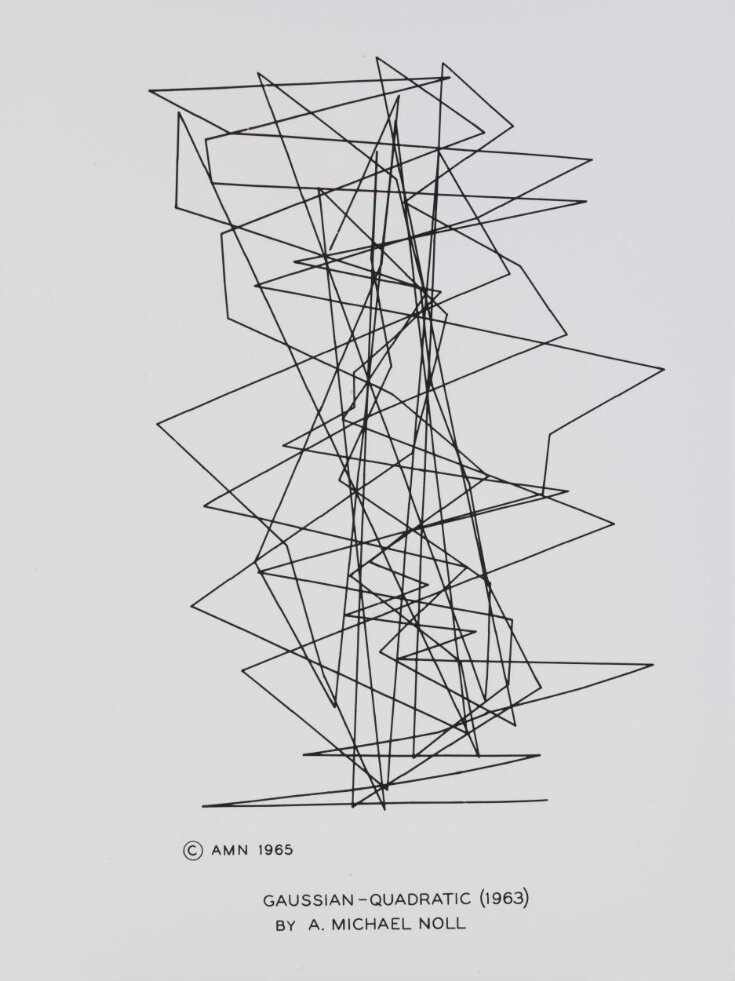
Early pioneers of digital art were not just artists but also engineers, computer scientists, and mathematicians, who took their fascination with new technologies and challenged traditional standards of ‘Art’. Computers have captivated many since their advent, as they encapsulated limitless possibilities for innovation. The computer’s integration into research labs in the 1960s piqued the interest of scientists and engineers who interacted with these machines daily. Most notably, Bell Laboratories in New Jersey was the workplace of many first-generation computer artists. This included A. Michael Noll, who in 1962 programmed an IBM 7090 to create aesthetically pleasing ‘patterns’, including Gaussian-Quadratic (1963), the first-ever digital artwork to gain copyright. He exhibited his work at the Howard Wise Gallery in New York in 1965 alongside Bell Labs’ colleague Bela Julesz. This was one of the earliest exhibitions dedicated to computer art, signalling the beginning of computer art’s influence on the art world.
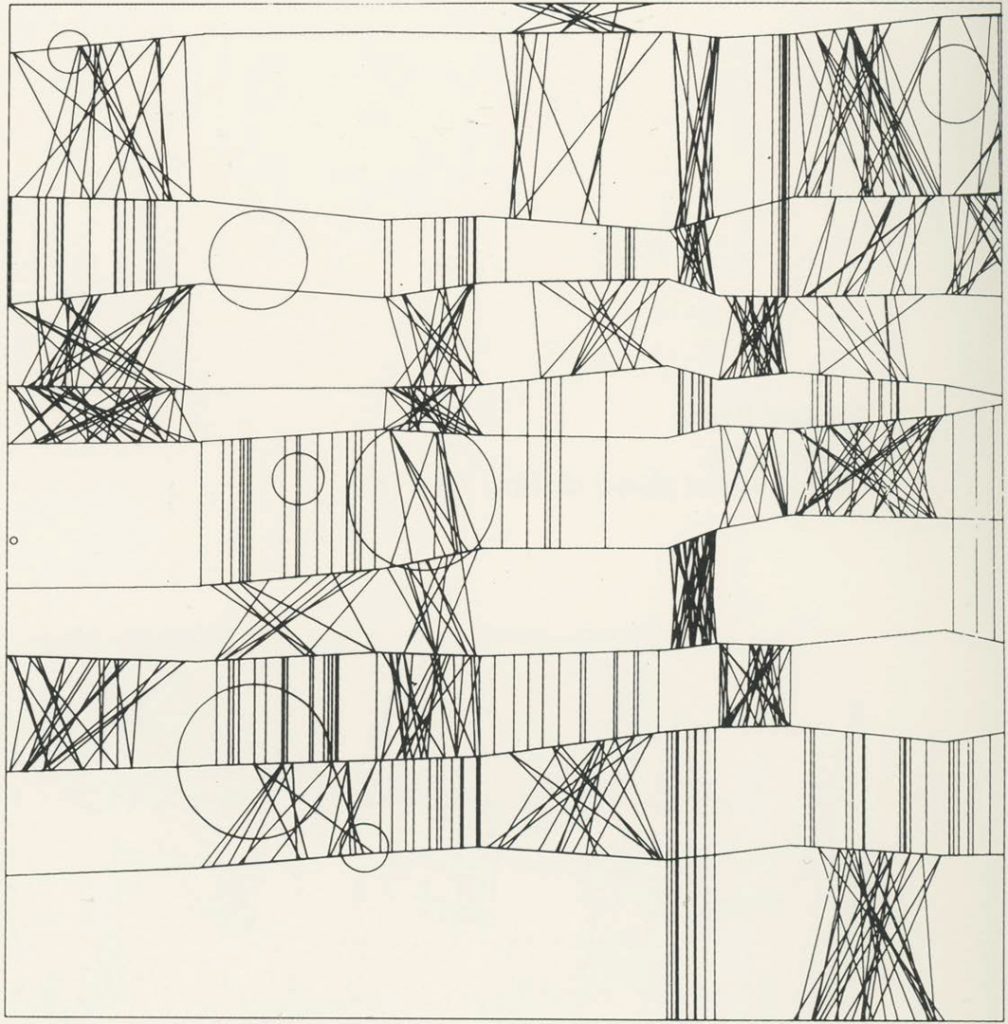
During this period, the most prominent type of computer art was algorithmic art – art created using an algorithm made by the artist. An algorithm, fundamentally, is a set of instructions for performing a task, manifested in computer code, functions or other input. Artists hence devised their algorithms to determine the artwork’s form, which they input into a computer that controlled a pen plotter. Frieder Nake’s Hommage à Paul Klee 13/9/65 Nr.2 (1965), a defining work in algorithmic art, was inspired by the horizontal and vertical relationship in Paul Klee’s Highroad and Byroads (1929). Nake programmed the algorithm with essential information to start drawing and added random elements, allowing the computer to take control thus leaving the overall outcome ultimately to chance. As a product of both man and computer, Nake’s work anticipated the merger of both in stretching the limits of creativity and are an early example of digital art’s examination into the man/machine relationship.
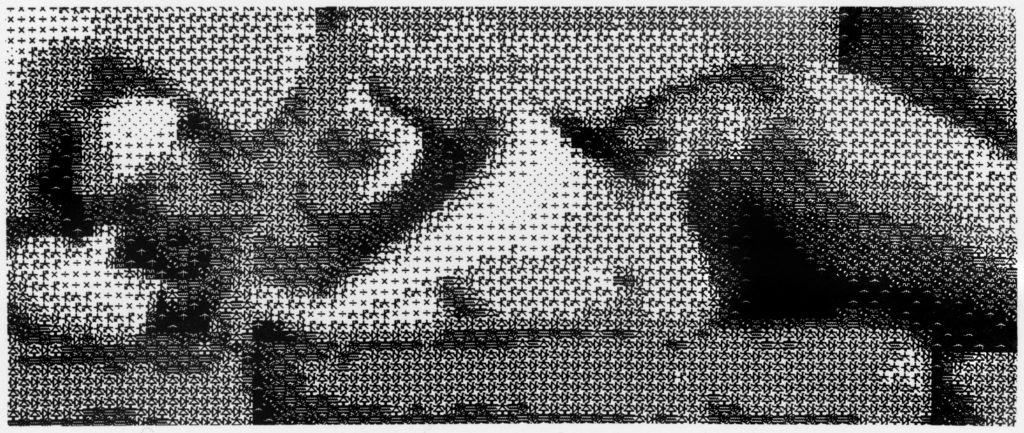
Despite being experimented with for almost a decade, digital art did not receive public attention until 1967, when the New York Times published a photo of a computer-generated female nude on its front page. Named Computer Nude (Studies in Perception I) (1967), the work was created by Kenneth C. Knowlton and Leon Harmon at Bell Laboratories. They had scanned a photograph with a special camera that converted analogue voltage into binary numbers, which transformed into computer pixels that would arrange to form a nude when viewed from a distance. What started as an office prank became a representation of the revolutionary union between art and technology. It was displayed at one of the first public events by E.A.T. (Experiments in Art and Technology), a collective founded by artists Robert Rauschenberg and Robert Whitman and engineers Billy Klüver and Fred Waldhauer. By transposing the female nude, an instantly recognisable figure in art history, into the digital medium, it situated this historical trope in the digital era while also legitimising digital art’s place in the history of art. When looking at early Computer Art, it is striking how similar the visual language of geometry, simplified forms, and repetition is to some of the prevailing languages of non-digital art of the period. Spearheaded by artists such as Bridget Riley, Richard Anuszkiewicz, Carlos Cruz-Diez, and Jesus Raphael Soto, movements such as Op art (‘optical’ art) and kinetic art, were delivering a similar aesthetic to what could be observed in the realm of code-generated visual forms.
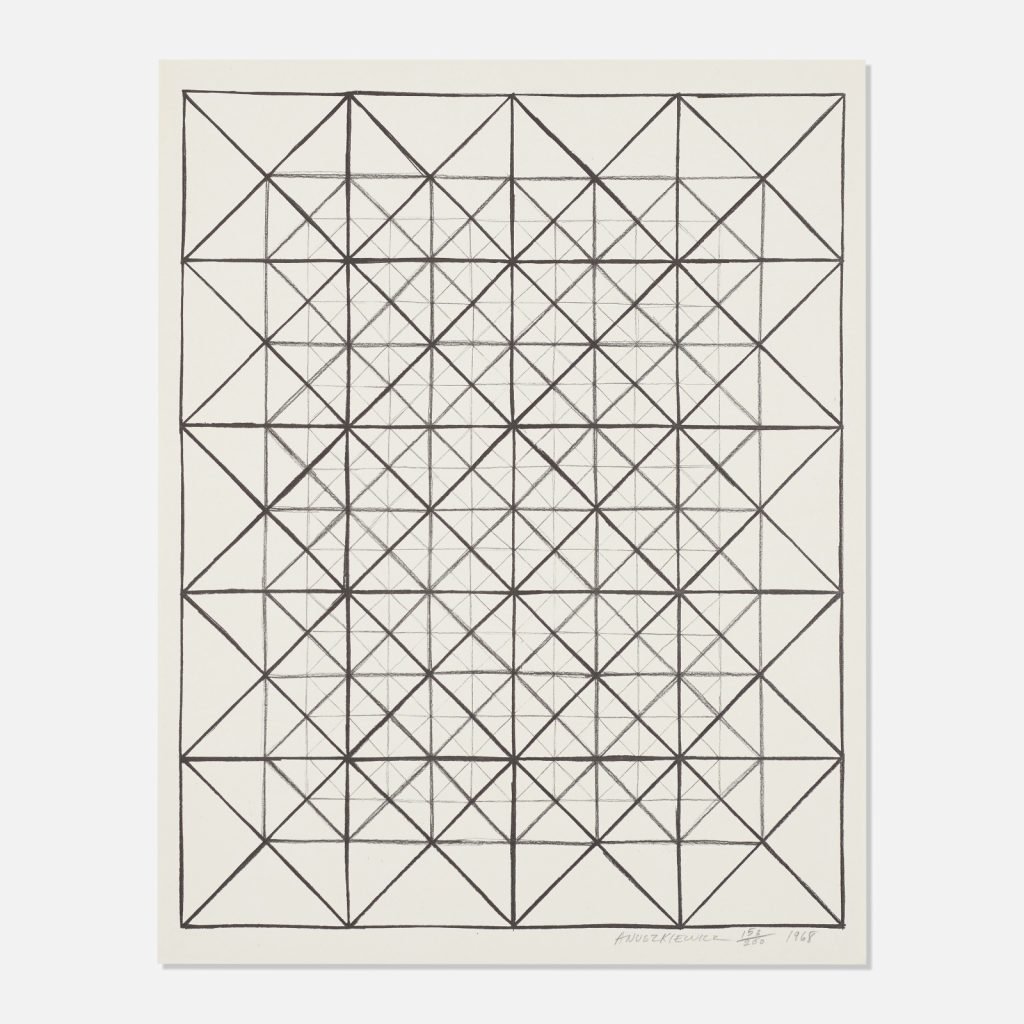
As technology rapidly evolved, digital art progressed alongside it, increasing in complexity as the boundaries between humans and machines seemed to shrink. This dynamic enthralled the British artist Harold Cohen when he moved across the world in the late 1960s to teach at the University of California, San Diego. He began dedicating himself to developing AARON, an algorithmic painting system that Cohen would spend the rest of his life improving and remaking. Early versions of AARON encompassed a limited range of human cognition, only producing abstract black and white forms that Cohen would colour in manually. However, innovations in the 1980s allowed Cohen to expand AARON’s knowledge base. AARON was now able to produce figurative images of objects, plants and people, and in 1995 AARON created the first artwork that it coloured itself. By the time Algorithmic Art had developed to be able to generate colour during the 1980s, artists began to incorporate more colour into their paintings. Once again, technology seemed to move forward in a way that enabled its artistic pioneers to somehow resemble what was happening at the same time in the contemporary art world outside of the (still entirely underground) digital scene.
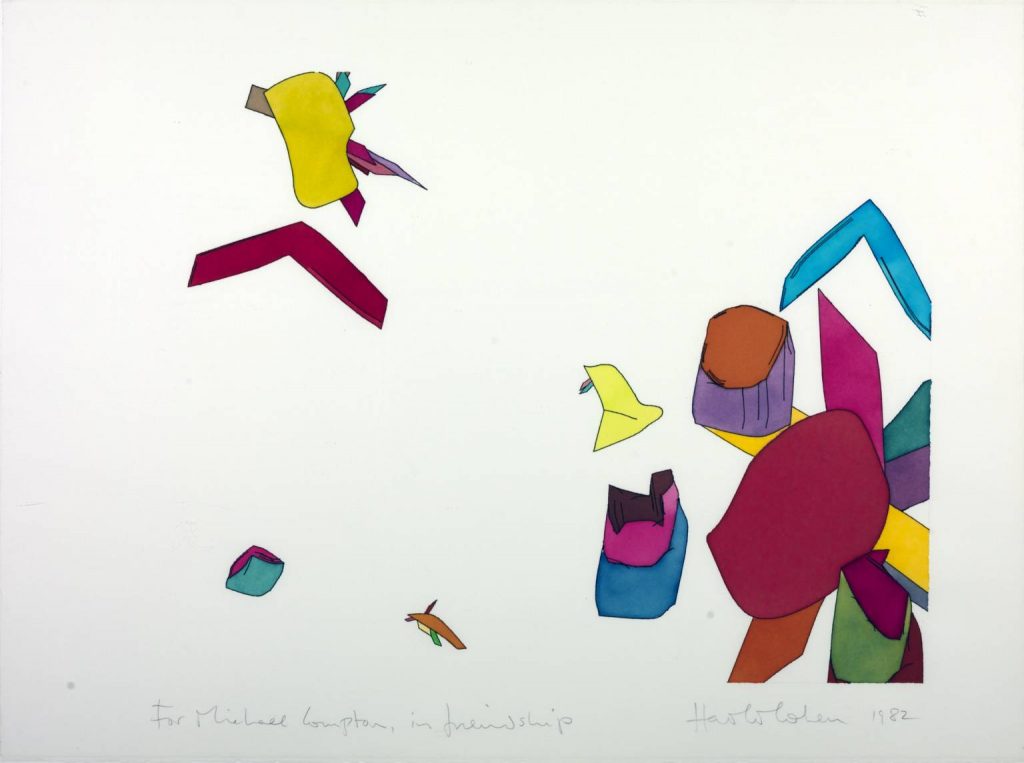
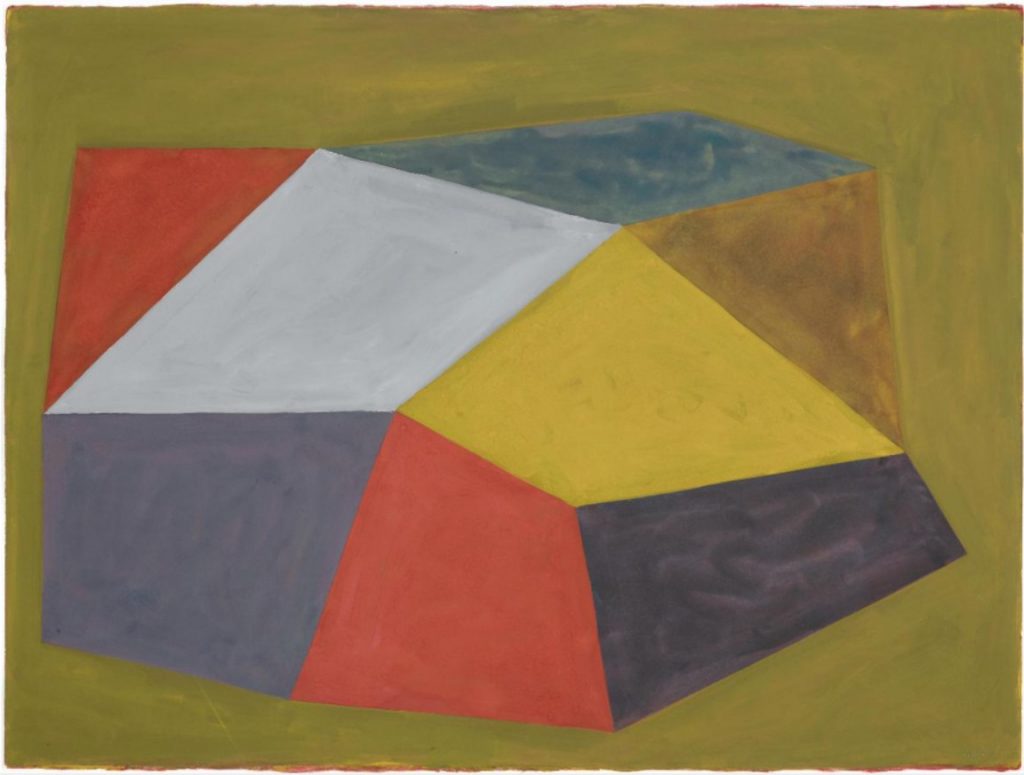
AARON’s development raised the question: who was the artist, Cohen or AARON? Cohen argued that though AARON performed the task of drawing and colouring, it was not creative, as Cohen created the program. However, Cohen’s decision to colour AARON’s pictures himself in the later stages of AARON’s development possibly point to anxiety that has troubled humankind since the dawn of machines – that machine intelligence would eventually equal or potentially outstrip human ingenuity. Cohen’s work is thus seen as a pioneer of AI art, which uses artificial intelligence as an artistic medium to further Cohen’s study on the tensions and possibilities in human/machine collaboration.
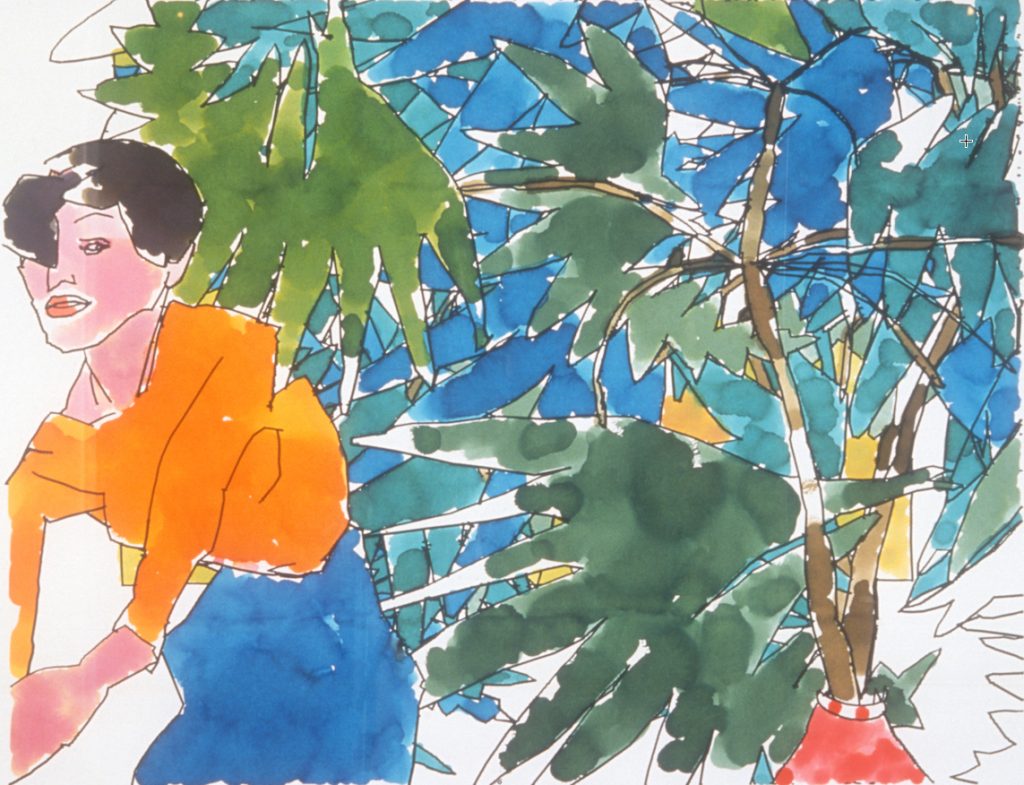
Digital art’s early years are often overlooked due to the ambiguity of the boundaries between art and science, artist and engineer, man and machine. This made it difficult to evaluate it based on traditional standards of human individual genius and creativity. However, we can now see that digital art pioneers expressed contemporary concerns about machine autonomy and the artist as creator, using modern mediums. This collaboration between artist and machine would henceforth alter aesthetic standards and steer art in new directions.
In the next instalment of The Artvisor Guide to Digital Art, we will be looking at developments made by the next generation of digital artists. These artists would become the inheritors of the pioneering work made by artists, mathematicians and engineers who experimented with the creative possibilities of the computer throughout the 1960s and 70s. We will look into how the medium expands to not only encompass 2D, algorithmically generated images, but also video art, VR and immersive multimedia installations.
